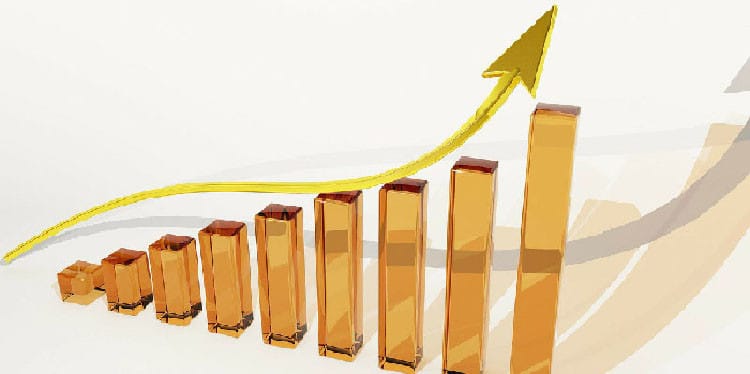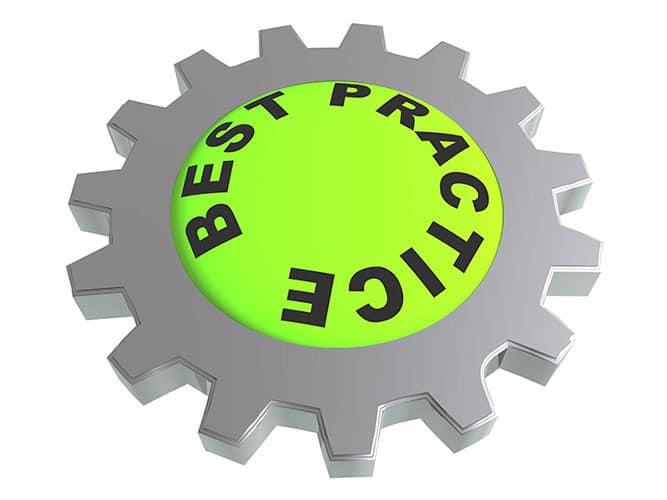Business management has access to more data today than ever before. But how often is that data put to use? While your company may have systems in place to catalog, store and report data on your supply chain, using a purpose-built e-Procurement system can help you do more than just capture data. Using an e-Procurement system can help you leverage that data, streamlining your supply chain and eliminating confusion among your suppliers.
Business management is undergoing a digital transformation
Your company has undoubtedly seen a giant shift in how you do business, and it’s driven by the development of today’s digital tools. Digital has impacted business in customer engagement, workforce development, service delivery and more. The supply chain is no exception.
But while many companies have been focusing their software solutions on merely capturing e-Procurement data for reporting and management purposes, it’s time to put that data to work in helping the bottom line.
In procurement, digital is rapidly enabling companies to drive new value in the supply chain through improvements in what digital consultancy The Hackett Group calls the three ‘E’s: Efficiency, Effectiveness and Experience.
- Efficiency – e-Procurement systems help to manage time and cost to service, as well as helping to increase the volume of digital outputs.
- Effectiveness – e-Procurement processes can now strive for error-free runs rather than simply lowering error rates. This drives value for customers and increases customer service quality.
- Experience – software solutions for e-Procurement can help deliver more customized solutions for the end customer, increasing customer satisfaction and net promoter scores for the company overall.
To deliver on the promise of all this data transformation, an e-Procurement software solution offers the ability to use Internet-enabled processes to add value to the supply chain. According to NC State’s Supply Chain Resource Cooperative, e-Procurement adds value in some key ways:
- Elimination of paperwork
- Reduction of time between need recognition and order release
- Improving communication between suppliers and buyer
- Reduction of errors
- Lowering purchasing overhead costs
Most importantly, gaining easy access to the data that used to require man-hours to produce frees up purchasing personnel to begin planning in a more strategic manner, adding value to the balance sheet.
e-Procurement data provides critical insights
While e-Procurement creates a number of direct benefits in operational efficiency and effectiveness, the most powerful value that most organizations receive from an e-Procurement system is the insights that are gained from easy access and management of purchasing data.
With the increased visibility into the supply chain offered by an e-Procurement solution, companies can gain timely, accurate, detailed data on where the procurement budget goes. This complete spend analysis offers any business valuable insights into where the money is going now, where there is room for improvement, and where the process can be strategically redesigned to allow for cost savings in the future.
While data completeness is game-changing, the timeliness of the data available from e-Procurement automation shouldn’t be discounted. If data is received more rapidly, stakeholders have more time to analyze and react to it. This makes spend data as valuable from a short-term management perspective as it is for long-term strategic planning.
Timely data is also an asset that can be leveraged in building a procurement plan. According to international procurement adviser Jorge Lynch, procurement planning is important because “it is an opportunity for all stakeholders involved in the processes to meet in order to discuss particular procurement requirements.” Using current e-Procurement data can give a company a baseline to begin this planning process. Contrasting current procurement spending and time demands against the requirements stakeholders have for future procurement can be a valuable check on the feasibility of future plans for service or product offerings.
Once a procurement plan is in place, e-Procurement data can be monitored against the plan so actual performance is assessed and the plan can be adjusted accordingly.
Data impacts on e-Procurement systems
Data access from e-Procurement is also important to other areas of business operations. These other impact areas might not seem to have a direct influence on profits, but their strategic value to operations will definitely have a long-term effect on the bottom line.
For instance, sharing data can help current suppliers become trusted partners. When your vendors can become collaborative parts of new product development, future savings can be gained through streamlining product designs.
Involving suppliers as partners in the procurement process can also help the sourcing department improve on their metrics. According to Michigan State University, sharing e-Procurement data with suppliers can help sourcing staff become more proficient at meeting cost requirements, increasing time-to-market and meeting quality goals. Suppliers also benefit by efficiently delivering materials and services to match buyer specifications without wasting time and money on unneeded development.
More complete and robust data can also improve forecasting and budgeting for your entire company. More, and more timely, data on purchasing can help your company to develop rolling forecasts and budgets and improve your overall planning operations, according to Dennis Najjar, a CPA and co-founder of online accounting company AccountingDepartment.com. Najjar says that planning software, like an e-Procurement system, can provide and manage data for better predictions with fewer errors than managing through manual inputs and Excel spreadsheets.
And while current spend management plays a big role in planning and budgeting, this data can pay dividends in other operational areas of the company.
Capturing spend data can help track total cost of ownership (TCO) to get a better handle on whether each part in your company’s process is doing its part to actually stay on budget, or if there are areas that could use some improvement. This data can be helpful for design and engineering to see if they can work with current suppliers to lower TCO on necessary parts and materials. If TCO can’t be brought into line with your current vendors, it might be time to open the field. Better data can help with that too, helping you accurately define your current specifications and costs so you have accurate bidding targets for new contracts.
Using your e-Procurement systems to quickly place requirements for bids in the marketplace and handle auction management can help you find new suppliers on an equal playing field. Contact a solutions expert at ProcurePort to better understand managing your data with e-Procurement.










